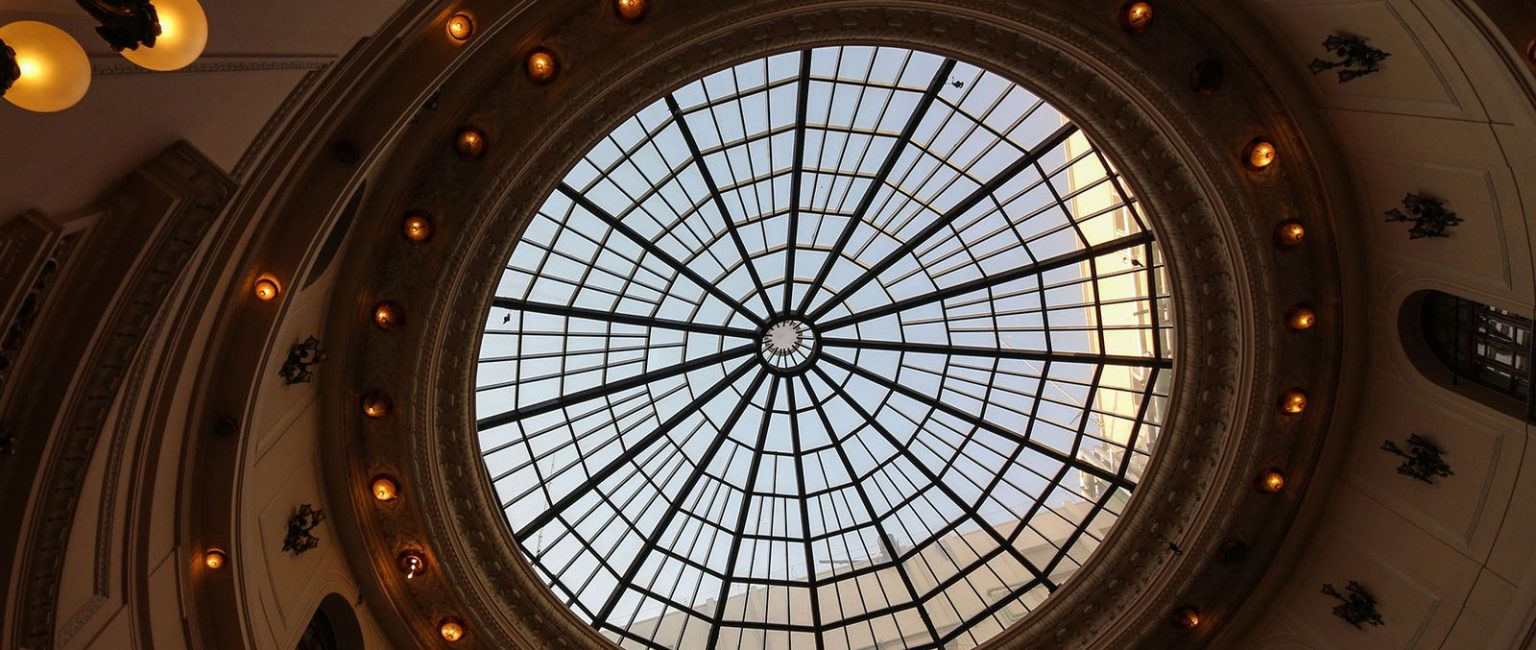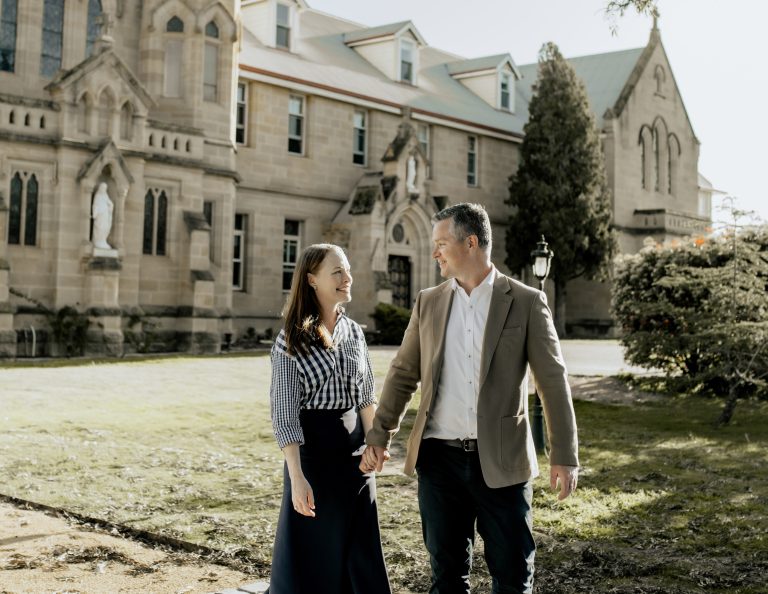Rio announced as first ‘world capital of architecture’

Rio de Janeiro has been named the inaugural world capital of architecture by UNESCO for 2020.
Rio beat both Melbourne and Paris to be the first city designed as the world’s capital of architecture.
Brazil has produced impressive architects such as modernist Oscar Niemeyer and urban planner Lucio Costa.
Commercial Insights: Subscribe to receive the latest news and updates
The title is part of a partnership between UNESCO and International Union of Architects, and will see the Brazilian city host the world architecture congress next year.

Lucio Costa and Oscar Niemeyer designed the Cathedral of Brasilia which was founded in 1960 and replaced Rio de Janeiro as the federal capital of Brazil. It is now a UNESCO World Heritage site. Picture: Getty
This event, which takes place every three years, is designed to promote international debate on issues surrounding heritage structures, urban planning and sustainable architecture.
Some 25,000 delegates are expected to attend.

Rio is also home to newer buildings, such as the Museum of Tomorrow, which opened around the time of the 2016 Olympics.
“The World Capital of Architecture in Rio de Janeiro will demonstrate the crucial role of architecture and culture in sustainable urban development,” said Ernesto Ottone Ramirez, UNESCO Assistant Director General for Culture.
The city will also host a series of architecture-related events to promote the 2030 Agenda for Sustainable Development goal of making “cities and human settlements inclusive, safe, resilient and sustainable”.

Rio de Janeiro’s modernist Metropolitan Cathedral of Saint Sebastian was built between 1964 and 1979. Picture: Getty
Rio itself is famous for its stunning beaches and mix of striking old and new buildings.
The city has been trying to shed its reputation, which in the past had focused on its infamous favelas, the rundown slum areas home to 1.5 million people that have been characterised by crime, poor sanitation, graffiti murals, drugs and poverty.

This historic building is owned by the Federal University of Rio de Janeiro and is in danger of collapsing after years of neglect. Picture: Getty
Since the 2016 summer Olympics, Rio has undergone something of a transformation adding contemporary structures to a skyline dominated by large scale colonial architecture.
The city’s towering statue Christ the Redeemer stands in stark contrast to newer structures such as the Museum of Tomorrow.
This article originally appeared as “Rio named world capital of architecture for 2020”.







